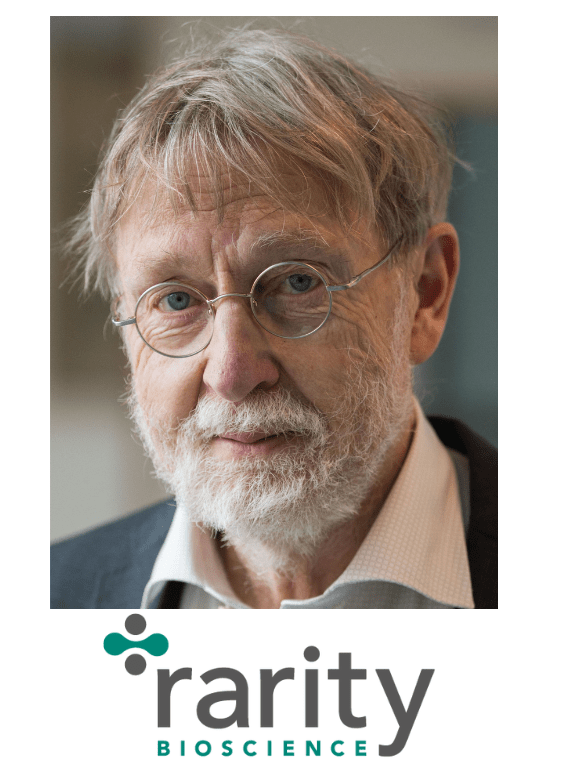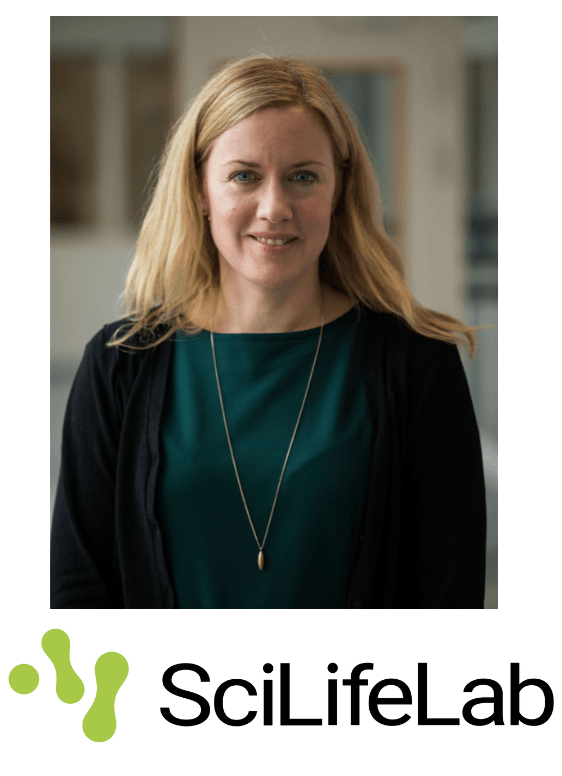Industry case: SciLifeLab spin-out Rarity Bioscience enables precision medicine with superRCA technique
Rarity Bioscience and SciLifeLab are collaborating to advance superRCA, a powerful tool for nucleic acid detection. The technique, initially a Technology Development Project at SciLifeLab, improves existing genetic technologies to enhance precision in identifying cancer mutations. Using expertise and equipment available at SciLifeLab Clinical Genomics, Rarity Bioscience can retrospectively test superRCA, a crucial step in its development.
The startup company Rarity Bioscience is built on research by Lei Chen, then Ph.D. student in the research group of SciLifeLab co-founder Ulf Landegren at the Department of Immunology, Genetics and Pathology at Uppsala University. The goal was to combine the already successful padlock probe and rolling circle amplification techniques in a manner that further increases sensitivity in detecting mutations.
“We have spun out from Ulf’s department to commercialize the technology known as superRCA. This technology uses padlock probes and rolling circle amplification to create one large cluster of DNA for each detected target DNA molecule,” says Linus Bosaeus, CEO of Rarity Bioscience. “With its extreme sensitivity, superRCA can detect rare mutated DNA molecules in a sample. One of its applications is in detecting relapse or persistence of leukemic disease. It allows us to detect the presence of diseased or mutated cells among a large pool of healthy cells, with high precision,” he says.

SuperRCA is not only a powerful analytic tool but it is also cheap and efficient and it utilizes flow cytometers, a standard technology in today’s clinical hematology labs.
“During the initial development in collaboration with SciLifeLab, we focused on applying superRCA in leukemia using flow cytometers that are commonly used in hematology labs for protein marker staining and counting of cells. This means there is no need to purchase new instruments to track mutations,” Linus Bosaeus explains.
Rarity is currently conducting a continuation study in collaboration with SciLifeLab, Uppsala University, and Karolinska Institutet in the field of hematology, specifically acute myeloid leukemia (AML) and myelodysplastic syndrome (MDS). This summer, the superRCA technique is being tested by SciLifeLab for usability, evaluating how end users can adopt the technology.
“There are certain criteria you need to meet when it comes to the clinic, because the method has to be very robust, user-friendly, have minimal turnaround times, and be cost-efficient, which is something SciLifeLab can evaluate since we work in hospital labs and have in-house expertise in hematology,” says Malin Melin, Head of Unit at Clinical Genomics Uppsala.
“Precision medicine techniques such as superRCA enable identification of various genetic aberrations in patients, many of which are specific to each patient. The objective is to detect leukemic cells as early as possible to modify the treatment accordingly,” says Tatjana Pandzic, clinical laboratory geneticist at the Department of Clinical Genetics at Uppsala University Hospital and leader of hematology at Clinical Genomics Uppsala.
The SciLifeLab support has been a critical factor for the company as the work started as a TDP (Technology Development Project) before they took their idea to the next level. One significant part of this partnership is the ability to work retrospectively with the SciLifeLab and Uppsala University biobanks, as required to test the superRCA technique thoroughly with existing sample resources.
“The cutting-edge advances by SciLifeLab and Uppsala University in leukemia research and the availability of biobanks are invaluable for thoroughly testing the superRCA technique. We owe much to SciLifeLab for their support in our journey. Their team has consistently demonstrated a patient-focused approach and is always willing to explore new techniques,” says Lei Chen, Rarity Bioscience CTO and co-founder.
Rarity Bioscience has its sights set on broader horizons, eyeing potential applicability of its technology in several other medical domains.
“Although the company’s current focus is leukemia and solid tumors, the method can also be applied to numerous other applications. We are actively exploring its potential in sepsis and for localized detection of mutant cells in situ, while also searching for further areas where it can be utilized,” says Rarity Bioscience co-founder and board member Ulf Landegren. “The scientific community can also benefit from this technology, as it enables experiments that have not been feasible previously, opening up new avenues of research and discovery. We are particularly grateful to Lucia Cavelier, co-director at Clinical Genomics, and Anna Eriksson, a specialist in hematology at Uppsala University Hospital, who have both been essential in making our leukemia collaboration happen,” Landegren says.
Want to know more?

Rarity Bioscience
Linus Boseaus
CEO
Rarity Bioscience
linus.bosaeus@raritybioscience.com

Rarity Bioscience
Ulf Landegren
Co-founder and board member
Rarity Bioscience
ulf.landegren@igp.uu.se

Rarity Bioscience
Lei Chen
Co-founder and CTO
Rarity Bioscience
lei.chen@igp.uu.se

SciLifeLab
Malin Melin
Head of Unit at Clinical Genomics Uppsala
Clinical Genomics Uppsala
malin.melin@scilifelab.uu.se

SciLifeLab
Tatjana Pandzic
Clinical laboratory geneticist at IGP and leader of hematology at Clinical Genomics Uppsala
Clinical Genomics Uppsala
tatjana.pandzic@igp.uu.se





